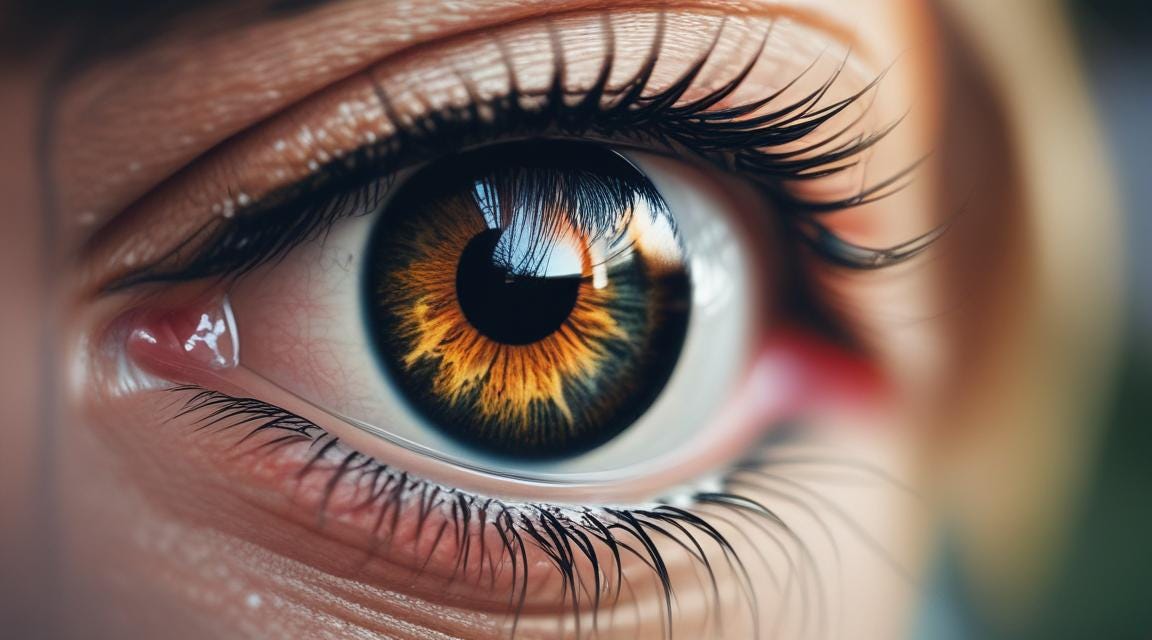Why Do People with Diabetes Develop Eye Problems? How to Prevent Them and What Are The Treatment Options
If you have diabetes or know someone who does, you’ve probably heard about the importance of keeping blood sugar levels in check. But did you know that diabetes can also affect your eyes, potentially leading to serious vision problems? In fact, diabetes is one of the leading causes of blindness in adults. But why does this happen, and more importantly, what can you do to prevent it?
Let’s dive into why people with diabetes are more likely to develop eye issues, how to prevent these complications, and the treatment options available if problems do arise.
How Does Diabetes Affect the Eyes?
People with diabetes are at risk of developing a variety of eye problems because the condition affects the body’s ability to regulate blood sugar. High blood sugar levels can cause damage to the blood vessels in the eyes, particularly in the retina, the part of the eye that sends visual information to the brain. Over time, this damage can lead to several eye conditions, including:
1. Diabetic Retinopathy
One of the most common eye conditions caused by diabetes is diabetic retinopathy. This condition occurs when high blood sugar damages the tiny blood vessels in the retina. In the early stages, these blood vessels may leak fluid or blood, leading to swelling or the formation of abnormal blood vessels. Left untreated, this can cause vision loss and even blindness.
2. Diabetic Macular Edema (DME)
Diabetic macular edema is a complication of diabetic retinopathy that causes swelling in the macula, the part of the retina responsible for sharp, central vision. This swelling can lead to blurred vision and, in some cases, permanent vision loss.
3. Cataracts
People with diabetes are at an increased risk of developing cataracts, which cause the lens of the eye to become cloudy. While cataracts are common as people age, they tend to develop earlier and progress more rapidly in individuals with diabetes.
4. Glaucoma
Diabetes also doubles the risk of developing glaucoma, a condition where increased pressure in the eye damages the optic nerve. Over time, this can lead to peripheral vision loss and, if untreated, total blindness.
Why Are People with Diabetes More Prone to Eye Problems?
The connection between diabetes and eye problems boils down to how high blood sugar levels damage the delicate structures in the eyes. Here’s what happens:
Blood vessel damage: The high levels of glucose in the blood can weaken and damage the blood vessels in the eyes, causing them to leak or become blocked. This is the root cause of conditions like diabetic retinopathy and macular edema.
Fluid buildup: When blood sugar levels are consistently high, it can lead to fluid buildup in the eye, which causes the lens to swell. This can make focusing difficult and cause blurry vision.
Poor circulation: Diabetes can impair blood circulation throughout the body, including the eyes, which affects the delivery of oxygen and nutrients that are crucial for maintaining healthy vision.
How to Prevent Diabetic Eye Problems
The good news is that there are steps you can take to reduce your risk of developing eye problems if you have diabetes. Prevention starts with managing your diabetes and taking care of your overall health. Here are some effective ways to protect your eyes:




